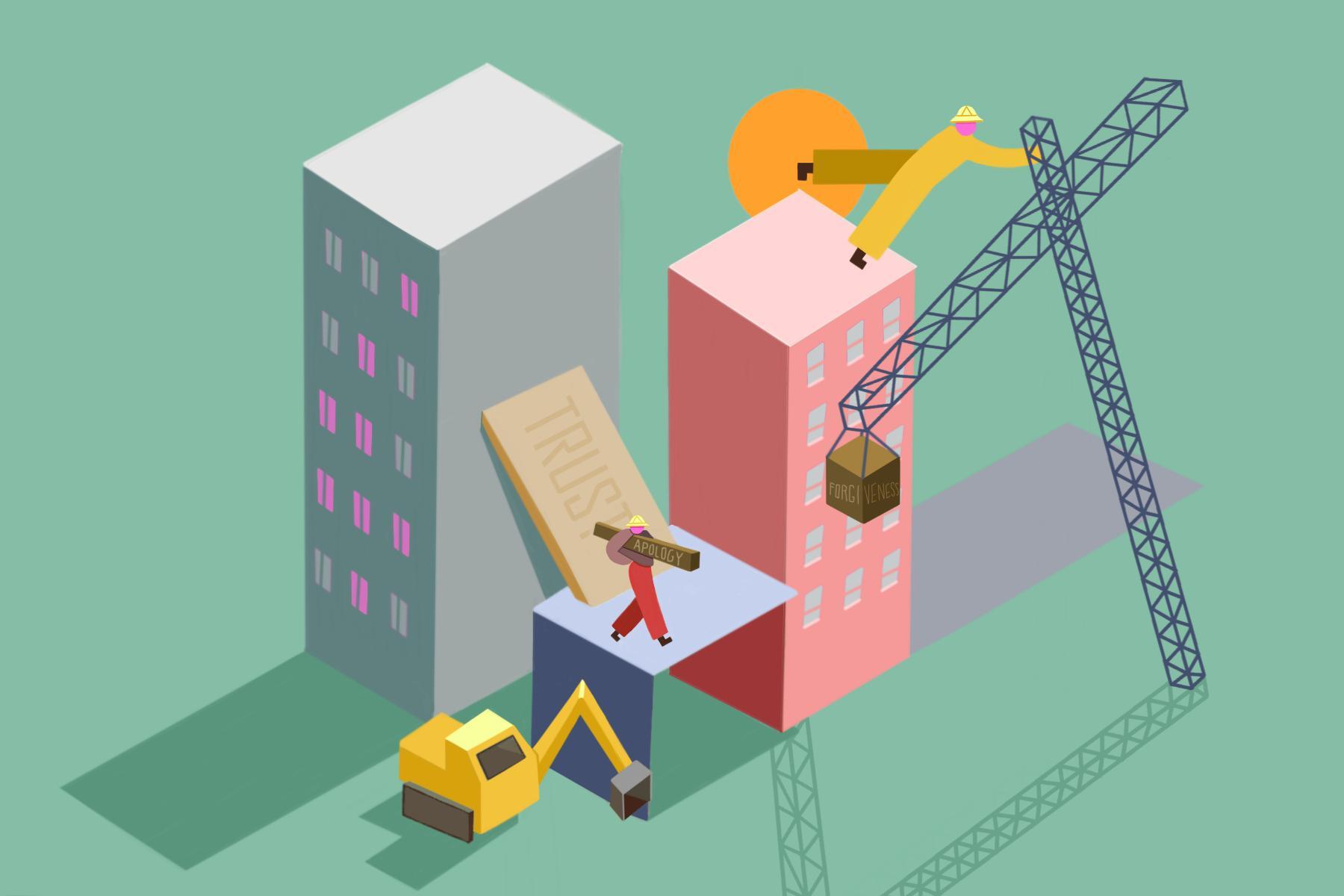She was a good friend; she was there when you wanted to fulminate against the world, and she never passed judgement, only ever giving honest feedback. She motivated you to be stronger, better. Every moment you spent with her, you resolved to improve yourself.
This seemed positive at first, but became unhealthy — many moments you felt you were not good enough. In fact, eventually, the thought of her made you quiver in trepidation. Your relationship with her seemed to define you and influenced the way other people saw you. It changed the way you felt about yourself.
There was no room for error. Her existence in itself was a constant reminder of your inadequacies, but nevertheless she was a constant in your life, which made letting go difficult. After speaking with the right people and identifying the toxicity in your relationship with her, you finally parted ways. For some, she is an old friend from high school, or a next-door neighbor. For me, this friend-turned-foe was a rowing machine.
Of course, a rowing machine — or “erg” — and a human being are not the same. People emote, reciprocate and react in unpredictable ways, in contrast to ergs, which quantitatively regurgitate the work you put in. A relationship with the former involves contributions from two parties, while one with the latter is often a reflection of a single party’s relationship with themself.
Yet in rebuilding a relationship with my erg I have found strategies that can be applied to rebuilding a relationship with a human being, a lost friend. A key similarity between the conditions of both relationships is their dependence on your participation in them. Relationship rebuilding, I have learned, is possible and can be beneficial, but requires changes to both your environment and your mentality.
When to Leave the Relationship Behind Forever and When to Give it a Second Chance
Not all relationships should be revisited; there’s a reason we are told to end toxic relationships. But what if we are culpable for the toxicity? Such appears to be the case with the rowing machine. I could not blame an inanimate collection of chains and bolts for my poor relationship with it, after all.
After a year-long total separation from the erg, during which I reiterated my hatred for the machine to those around me, I realized I needed to reevaluate my negative disposition toward it. The erg did nothing to me. Rather, it was a harmless tool with which I could work muscles, nurture cardio-respiratory strength and exercise grit.
It was my own mind that had polluted my relationship with the erg. I made it the enemy, when in reality the enemy was myself. My animosity toward the erg was a misplaced response to my own fragility. Unlike two-sided interpersonal relationships in which one side can assign blame to the other, my adverse relationship with the erg was glaring evidence against me; it proved I am capable of making a relationship toxic. Only after acknowledging the misconceptions that perpetuated this unhealthy relationship could I grow and prepare to rebuild.
It is these types of failed relationships — those in which we recognize the shortcomings of our past selves — that have the potential for healthy revitalization. Self-awareness is a prerequisite for growth, which is necessary for round two of a relationship to succeed.
New Environment
The erg and I met each day in a sweaty gym at the bottom of a decrepit building, decorated only by chipping white paint and fraying floor mats. It sat amidst a collection of other ergs, on which other young women rowed beside me. We “teammates” took advantage of the close proximity to shoot furtive glances at each other’s erg’s screens, comparing speeds. If, like me, you dreaded visiting the environment in which you previously built your relationship — in my case, a cutthroat, stuffy basement — a new atmosphere is vital in nurturing affinity.
For me, this means pulling an erg outside, and calmly rowing to the natural rhythms of the flora exhaling with the breeze. In yours, it might mean inviting an old friend out to meet some of your new friends. Whatever it may be, a new setting should not elicit ceaseless prodding of tender spots from the old relationship. Over time, the relationship might become strong enough to render these reminders harmless, but when initially starting over, avoid old environments when possible.
New Attitude
To make this work, the problems that once impeded harmonious relations have to go. This is not to say one must disregard any unfavorable memories and feelings from the original friendship. Instead, those memories and feelings should be assessed; from where did those negative emotions emerge? A place of my own insecurities? Why did I project those feelings onto this relationship? Why do I want to rekindle this — is it for the right reasons?
Once you have the honest answers to these questions, you are ready to rebuild. I admitted to myself that I was at fault for my unhealthy relationship with the erg. Since then, I have approached the machine with the attitudes I want to associate with it: confidence, self-respect and a sense of peace.
No longer must I prove myself on the rowing machine. I go on the erg to work out and to feel strong. Sometimes I put down the results screen upon which I once stared intently. The erg has evolved from a stressor to an outlet for relieving stress, and it pushes my self-esteem only in a positive direction.
Humans are imperfect, but are refined by admitting imperfections. Recognize the role you played in a relationship and how you could have done better. Such willingness to grow will set you up on the fast lane to maturity. You will be able to make amends, and reap the benefits of healthy relationships. Begone, grudges and denied mistakes!
















